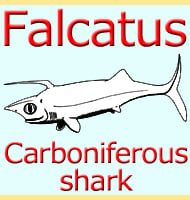Pantydraco
In Depth Pantydraco was formerly known as Thecodontosaurus caducus, however re-examination of the many Thecodontosaurus species has resulted in many being regarded as synonyms or actually recognised as new animals, as is the case for Pantydraco. Named after the Pantyffynnon quarry where it was discovered, Pantydraco is thought to represent a basal sauropodomorph. For this … Read more
